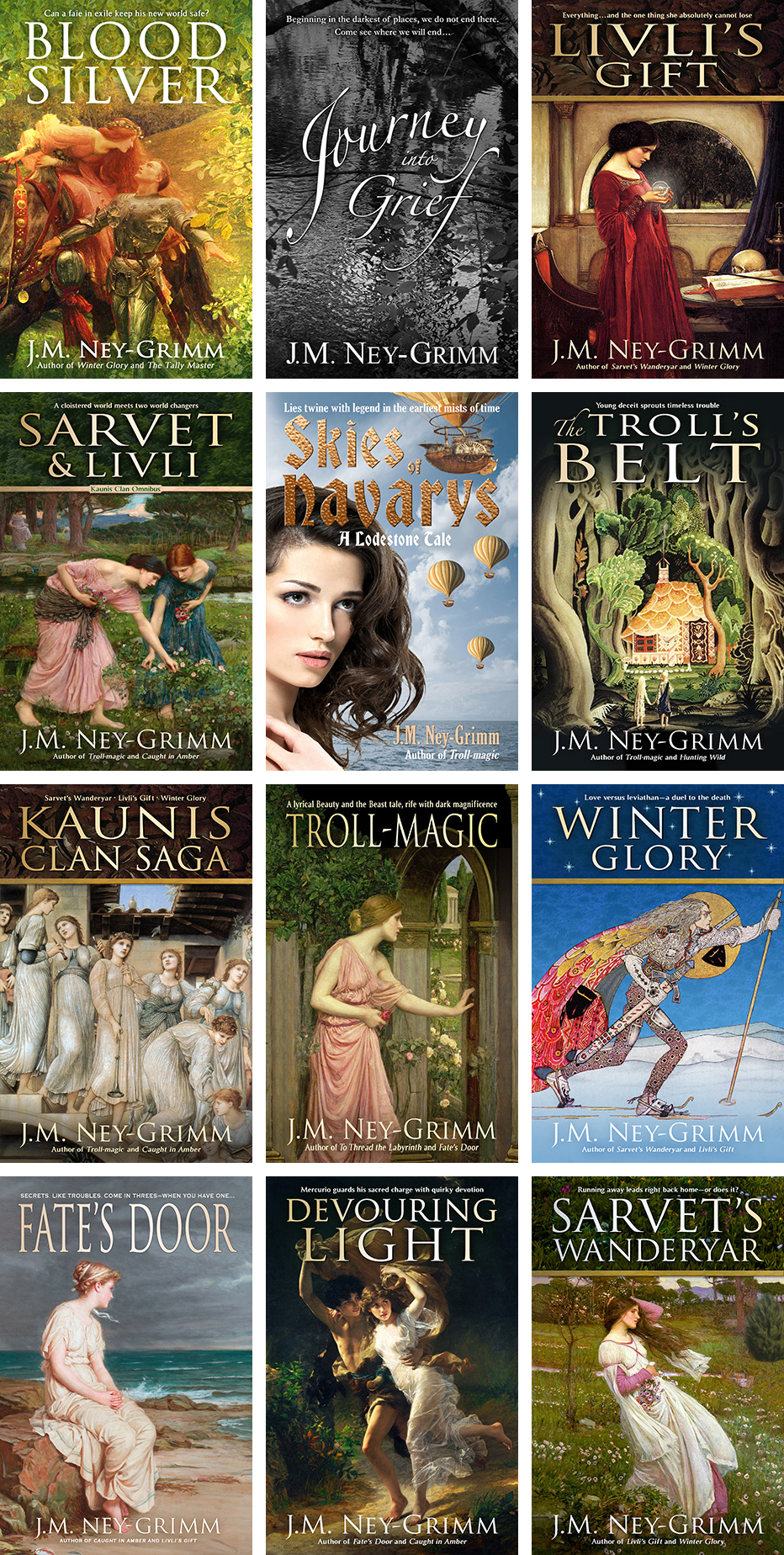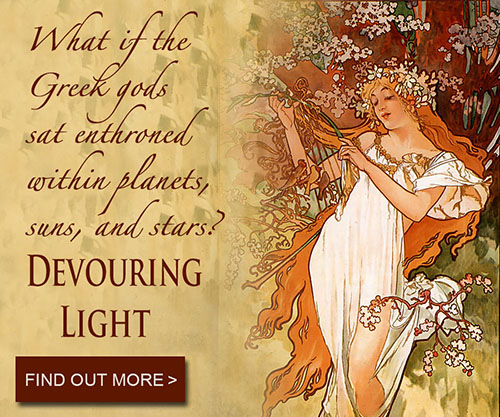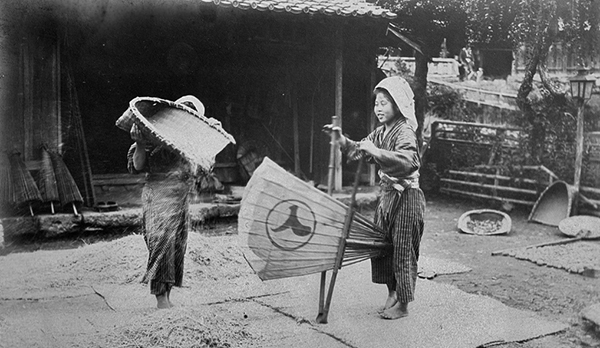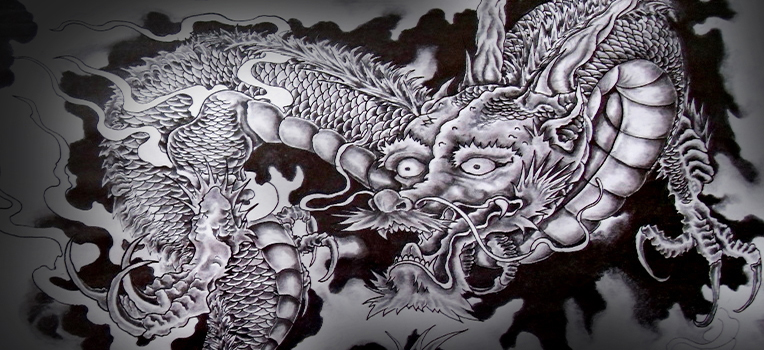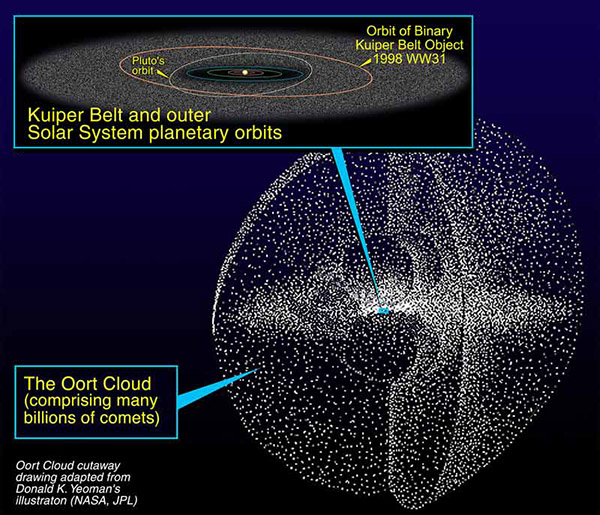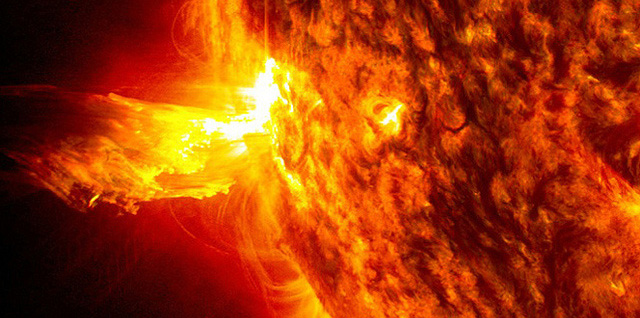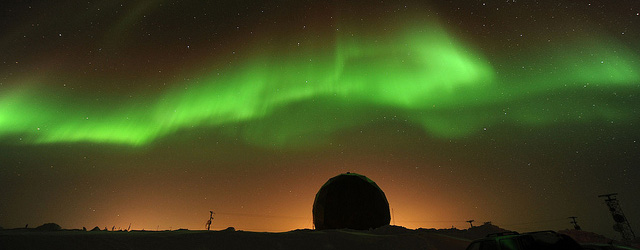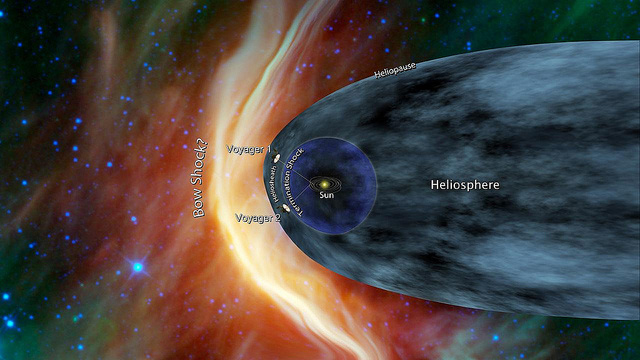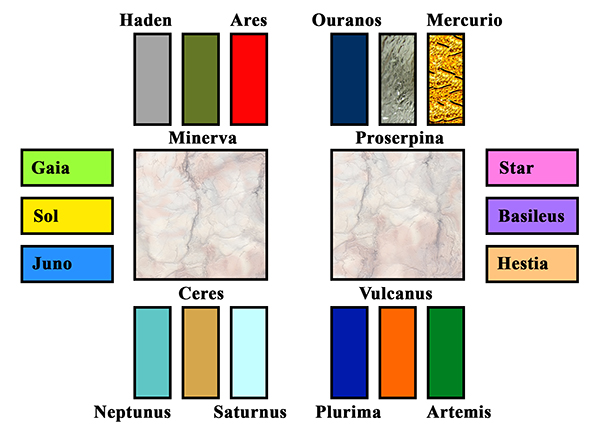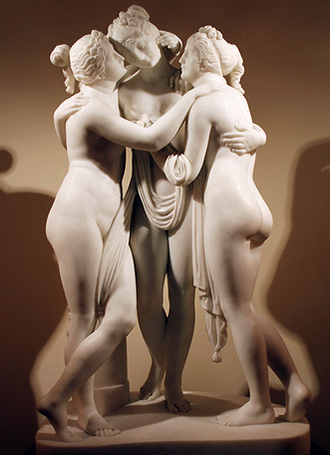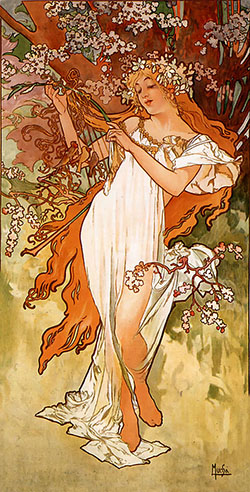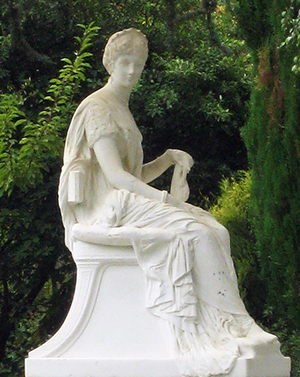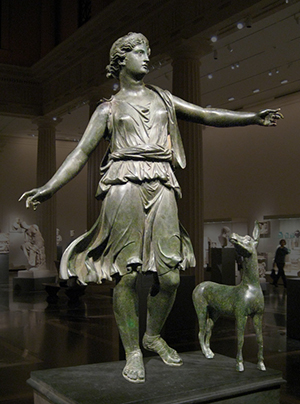 As many of you probably know, I consider myself blurb-challenged. Marketing copy simply does not come naturally to me – or unnaturally either. 😀
As many of you probably know, I consider myself blurb-challenged. Marketing copy simply does not come naturally to me – or unnaturally either. 😀
I believe I continue to improve – thank goodness! – but improvement comes slowly, and requires lots of help.
Last week I received wonderful help from someone who writes excellent blurbs. He read my blurb for Devouring Light and remarked that it was full of plot, more plot, and nothing but plot. This is bad! To quote Dean Wesley Smith, “Remember, readers want to read your nifty plot, not be told about it.” Exactly.
The really odd thing? Until the feedback on my blurb for Light, I honestly didn’t perceive that it was congested with plot. The instant I read the feedback, it was clear as day. I don’t know why I have such trouble staying out of the plot in my blurbs, or perceiving it when I stray into plot, but I do.
Anyway… once I saw the problem with Light’s blurb, I set to work fixing it.
And now I’m going to share what I did!

This was the problem child:
Can one small good deed offset ultimate destruction?
Mercurio stands watch over the first planet, guiding it through the perils of the void. Part messenger, part prankster, he cocks an eye for danger, but not from afar. Close to home lurks the real risk that his festival for Sol’s 25th anniversary will be a bust.
Failed negotiations with constellations and his fellow guardians send him to the brink of complete frustration…when a beautiful celestial wanderer fetches up at his domicile, seeking refuge.
Her form beguiles. Her mystery intrigues. And Mercurio’s fascination with his visitor poses yet another threat to Sol’s celebration.
Will Mercurio recognize his role as cat’s paw soon enough? Or will a looming menace – more lethal than any of the guardians imagine – threaten the solar system’s very existence?
This is, indeed, much too much plot.
And while the way in which constellations and planetary guardians appear as characters is clear in the book, it won’t be to someone browsing a bookshelf or a web page. When a browsing reader is confused, he clicks away to another page or sets the book down to pick up another. Not what I want!

So I tossed the whole thing and started afresh, writing out my thoughts in my journal.
Focus the Devouring Light blurb on the moment when Mercurio arrives home:
• all of his records indicate that something is wrong
• but Vigilem, his clockwork cat, won’t say what (even though he knows)
It’s been a bad day – Mercurio’s planning a circus show for Sol’s birthday, and none of his fellow planetary guardians (or anyone else) wants to help. It looks like he’s going to have to ask Haden, and Haden is no safe power to approach.
But now he’s got problems on the home front as well.
• bad day
• no one will help with the circus
• and now this: problems at home
• little does he know that both sets of problems will meet
in a much larger one!

Writing out my thoughts always moves me forward much more effectively than merely thinking them. Once I’d jotted down all of the above, I had an idea for the start of the blurb.
Mercurio guards the planet Mercury, his sacred charge. He loves his the oddball chunk of rock – with its retrograde out-of-sync spin orbit and spin, its apparent illusion of retrograde motion – almost as much as he loves playing pranks.
But when Earth’s guardian Gaia charges him to organize a gala celebration circus act for Sol’s birthday, the joke’s on him. Nobody wants to…
After a day of “no, no, and no!” from Saturn’s clowns, flying lions winged bulls, and acrobats, he returns home to learn that something a speck of cosmic debris menaces his planet…
• orbit transcript
• rotation transcript
• planetary magnetosphere
• coronal disturbances & solar flares
• Vigilem coy
…to see an anomaly on all the transcripts recording Mercury’s the events in Mercury’s sphere. Something is wrong with his planet. But what?
No obvious answer…
To quote those clowns of Saturn: “No, no, and no!”
I’m down in the plot again. The first paragraph was on the right track, but after that it all went south. Grrr! Try again!

Mercurio – the guardian of Mercury – loves the oddball chunk of rock, his sacred charge, with its out-of-sync orbit and spin, its illusion of retrograde motion. Almost as much as he loves playing pranks.
But when Earth’s guardian Gaia charges him Mercurio to organize a circus act for Sol’s birthday, the joke’s on him!
After a journey filled with no, no, and no! Mercurio returns home to learn that his beloved planet…
something out of order with his beloved planet
• a meteor
• a comet
• a wanderer, a hobo, a vagabond
which means a one-of-a-kind celestial body, something Vigilem is not familiar with
Aagh! There I am down in the plot again. Okay. Start on a fresh page. One. More. Time.

Mercurio guards the planet Mercury, his sacred charge. He loves the oddball chunk of rock, with its illusion of retrograde motion and its out-of-sync orbit and spin.
Almost as much as he loves playing pranks.
But when Earth’s guardian Gaia charges him Mercurio to organize a circus act for Sol’s birthday, the joke’s on him.
A joke with lethal consequences in this clockwork universe where the simple “no, no, and no!” of Mercurio’s friends and neighbors prospective circus performers
What kind of story is this? It starts with Mercurio designing a circus performance and ends with [spoiler removed]. It’s a story in which the stakes keep getting raised. It’s a save-the-world story. A save-the-solar-system story.
A joke with lethal consequences as the stakes rise ever higher.
Hmmm. The first three paragraphs of my blurb are good, but I need a good closer, like the closer for Caught in Amber.
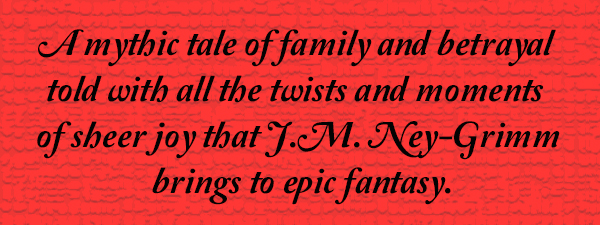
A tale of multiple rising stakes
A tale of rising stakes told with all the subtlety and deception word play J.M. Ney-Grimm brings to science fantasy.
J.M. Ney-Grimm tells a tale of steeply rising stakes with the delightful subtlety, misdirection, and playful teasing wordplay inherent in displayed by typical of Mercurio himself.
As you can see, I started to descend into the plot again when I touched on those “lethal consequences.” This time I pulled myself up, realizing that I needed to go directly to the closer. I tinkered with various possibilities for that closer, but I could feel my brain getting soggy. I’d lost my sharpness. I was nibbling close to what I wanted, but I was just going to get farther away from it, if I continued without a break.
I set the blurb aside and got a good night’s sleep.

(Yes, the photo above is the view from my back deck.)
The next morning, it felt like the whole thing needed to sit another day. In fact, I gave it two days, and awoke on the third knowing the right final paragraph was waiting in my back brain. All I needed to do was sit down and start writing. It would come.
Courier for the gods Divine and mMischievous Mercurio guards the planet Mercury – his sacred charge – with quirky devotion. He loves the oddball chunk of rock, with its illusion of retrograde motion and its out-of-sync orbit and spin.
Almost as much as he loves playing pranks.
But when Earth’s guardian Gaia bids Mercurio to organize a circus act for Sol’s birthday celebration, the joke’s on him.
The next paragraph or line needs to be something other than what happens next.
While Mercurio plots to wangle his way around the “No, no, and no!” from his would-be stilt-walkers and clowns, the guardian of Pluto plots a much darker spectacle a spectacle much darker than a circus.
In a clockwork solar system of the mythical celestial spheres, Devouring Light

Gah! I need some way of including “clockwork solar system” in this blurb. But it’s now really time to hit the closing paragraph!
While Mercurio wangles his way around the “No, no, and no!” delivered by his would-be stilt-walkers and clowns, the somber guardian of Pluto plots a much darker scheme.
A tale of steeply rising stakes in a clockwork solar system governed propelled ruled by the gods of ancient Greece and Rome told with the subtle delight, clever misdirection, and teasing wordplay that Mercurio himself enjoys.
stubborn, ornery, testy, exasperated, impatient, irritable, captious, irascible
With the subtle delight, clever misdirection, and teasing wordplay enjoyed by Mercurio himself, J.M. Ney-Grimm tells a tale of steeply rising stakes in a clockwork solar system ruled by the gods of ancient Rome.
Yeah! Nailed it! Time to get the computer out!
(Yes, I was writing longhand. It works better than typing for me when I’m really struggling.)
At this point, I knew I had the basic structure of the new blurb. It would need small adjustments, but the heart was there. And while longhand is better for when I’m laboring, the computer is much easier when I’m making adjustments.
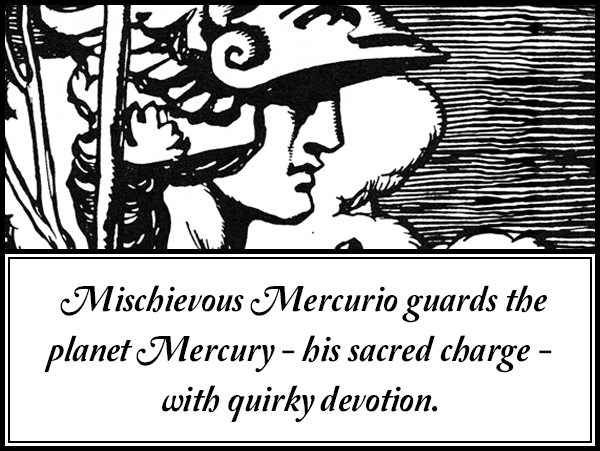
Here’s the blurb in its (current) final form:
Mischievous Mercurio guards the planet Mercury – his sacred charge – with quirky devotion. He loves the oddball chunk of rock, with its illusion of retrograde motion and its out-of-sync orbit and spin.
Almost as much as he loves playing pranks.
But when Earth’s guardian Gaia bids Mercurio to organize a circus act for Sol’s birthday celebration, the joke’s on him.
While Mercurio wangles his way around the captious refusals of his would-be stilt-walkers and clowns – “No, no, and no!” – the somber guardian of Pluto plots a darker scheme.
With the subtle delight, clever misdirection, and teasing wordplay that Mercurio himself enjoys, J.M. Ney-Grimm tells a tale of steeply rising stakes in a clockwork solar system ruled by the gods of ancient Rome.
For more about writing sales copy for fiction:
How I Wrote and RE-WROTE Cover Copy for Troll-magic
Cover Copy Primer
What Happens After the Manuscript is Complete?
Eyes Glaze Over? Never!
